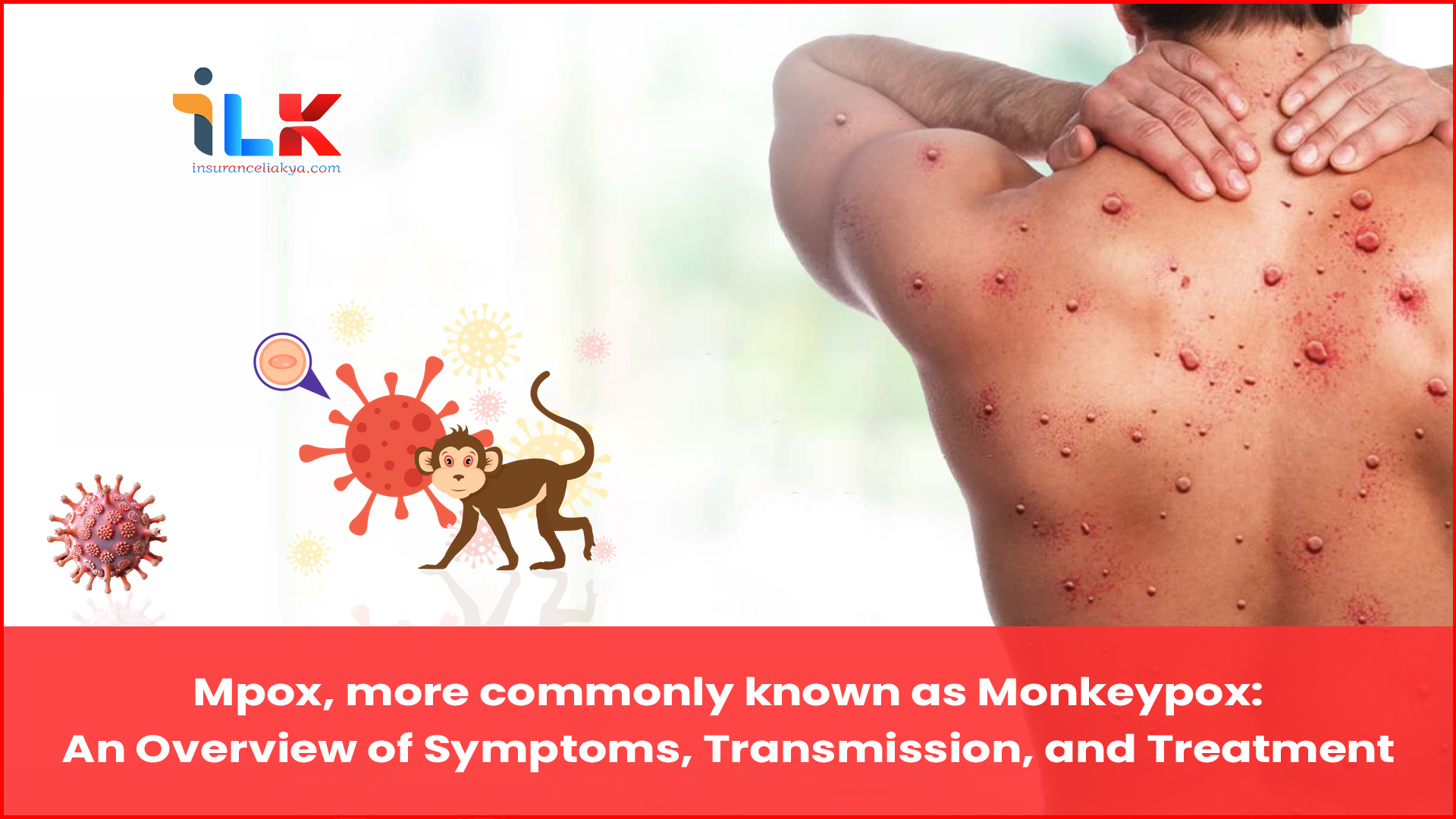Introduction to Mpox Virus (Monkeypox)
Mpox, earlier referred to as monkeypox, is a viral infection that develops due to the virus known as the monkeypox virus. This disease, in its closest relationship to smallpox, has lately appeared in different areas outside of Africa because of international travel and new outbreaks. The signs and symptoms of the virus are much similar to smallpox; however, there are a few specific distinguishing characteristics. Understanding the symptoms, mode of transmission, and available treatment options for infection with the monkeypox virus is critical for effective management.
Understanding the Causes of Mpox
The Monkeypox Virus
Mpox is caused by the virus monkeypox, which is from the Orthopoxvirus genus of viruses, a group to which smallpox belongs. An infection with this new virus can lead to symptoms much like those of smallpox and could include a distinct rash with flu-like symptoms. Recent outbreaks of monkeypox virus infection have been due to the Clade IIb subtype of the West African variant. This is thought to be less severe than other subtypes. Monitoring of cases and outbreaks of monkeypox is an important activity to keep further transmission at bay.
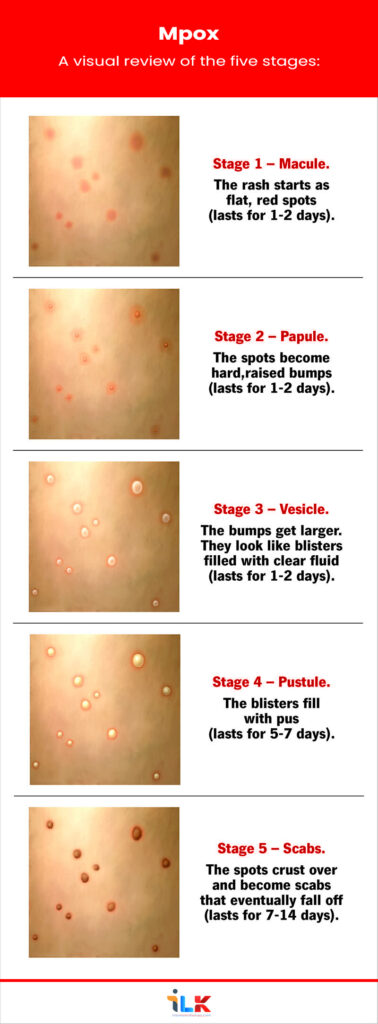
Transmission Modes
Transmission of the virus occurs from animals to humans and between persons. Infections with the virus take place upon direct contact with an infected animal’s blood, bodily fluids, and lesions. Usually, this virus spreads between people through long-term, close contact, involving exposure to respiratory droplets or a sick person’s soiled fabrics, such as bedding and clothing. Whether or not monkeypox can be sexually transmitted is being researched; even mild cases, however, can create new spread.
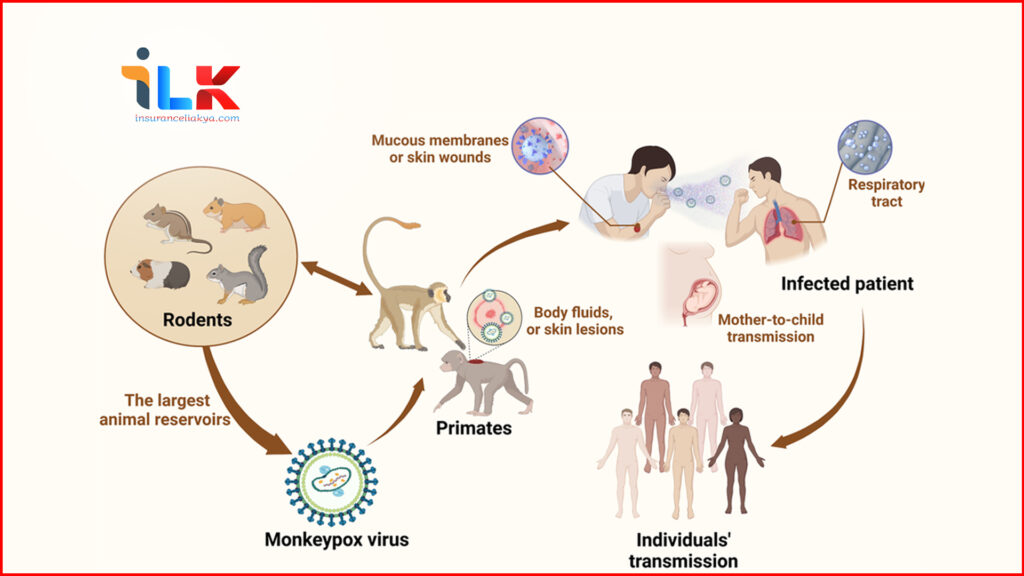
Symptoms of Mpox
Common Signs and Symptoms
The symptoms of monkeypox usually develop several days to weeks after an individual has become infected. Common symptoms to look out for after possible exposure to the monkeypox virus include fever, swollen lymph nodes, chills, headache, muscle aches, and fatigue. One of the hallmark features of the disease caused by the monkeypox virus is its characteristic rash, which begins as flat red bumps and advances to pus-filled blisters. This rash eventually crusts over and heals after two to four weeks. The rash can appear on numerous body parts, including the mouth, face, hands, feet, as well as around the genital portions of the body.
Symptom Variability
Symptoms of monkeypox can be nonspecific and vary between individuals. Although it generally causes only rash on the body, others may develop nonspecific systemic signs and symptoms, including fever, headache, and muscle aches, before the rash appears. Some may have very mild symptoms but still be able to spread the disease. Some patients will only develop a few blisters, while for others, a wide rash may occur. Disease duration
Difficulty level: open-ended question
Duration and Development of Symptoms
Symptoms of mpox clear in several weeks, about two to four weeks. It typically starts with flu-like symptoms: fever and body aches, followed by the rash that is characteristic. Normally it is self-limiting, but there are instances of mpox that can develop into a more severe illness with complications like pneumonia or encephalitis. Management consists of observation and symptomatic treatment. Oseltamivir is administered in serious cases.
Diagnosis and Testing of Mpox
Initial Evaluation and Diagnosis
Diagnosis of Mpox usually involves history and physical examination to differentiate the disease from other disorders such as chickenpox. The common features of the disease that can be diagnosed include lymphadenopathy and a typical rash. Healthcare professionals will review the medical history of the patient and the possibility of contact with the monkeypox virus to determine the line of tests to be conducted.
PCR Testing and Blood Samples
Diagnostically, Mpox is confirmed by a polymerase chain reaction test that identifies its genetic material. For this, tissue samples may be collected from open sores or blood samples to detect antibodies against the virus monkeypox. A correct diagnosis will allow for adequate management and treatment.
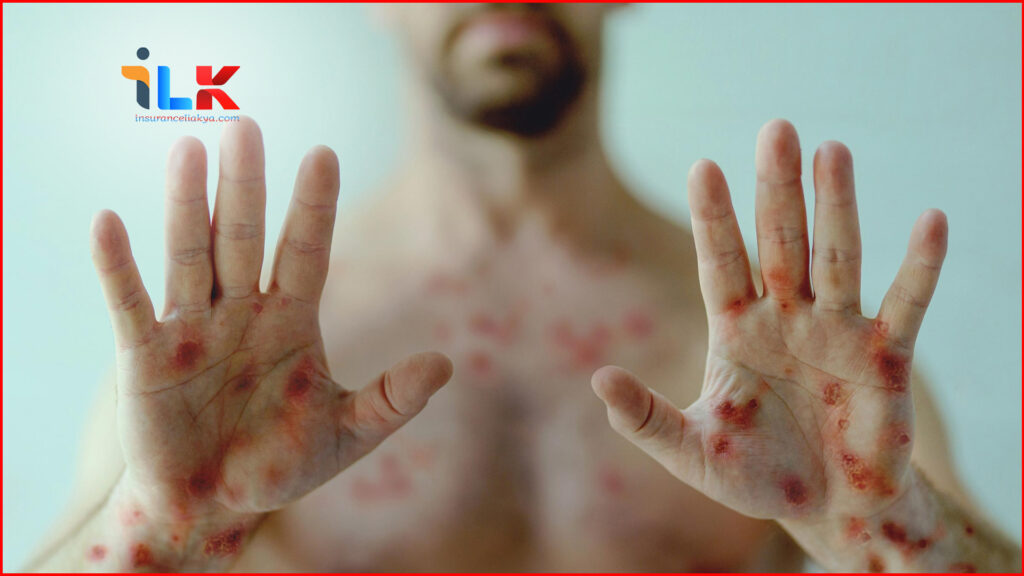
Mpox Treatment Options
Natural Course and Self-Limiting Nature
It is usually self-limiting, meaning it will resolve without interventions within weeks. During this time, the body’s immune system usually works to clear the virus. However, health care providers need to monitor for any potential complications or secondary bacterial infections. Supportive care is primarily focused on symptom alleviation and hydration.
Antiviral Medication
Antiviral treatments exist for Mpox in particular, and drugs like cidofovir and tecovirimat, originally approved for smallpox, may be used in cases of grave disease, and such active principles could alleviate symptoms better and shorten the general duration of symptom manifestation.
Symptomatic Relief and Management
Symptomatic treatment includes pain and fever management through over-the-counter medications like ibuprofen and acetaminophen. Itchiness of Mpox rashes can be relieved by colloidal oatmeal baths. Isolation is very important to avoid the transmission of Mpox until lesions are completely healed. Proper hydration, rest, and hygiene are also crucial.
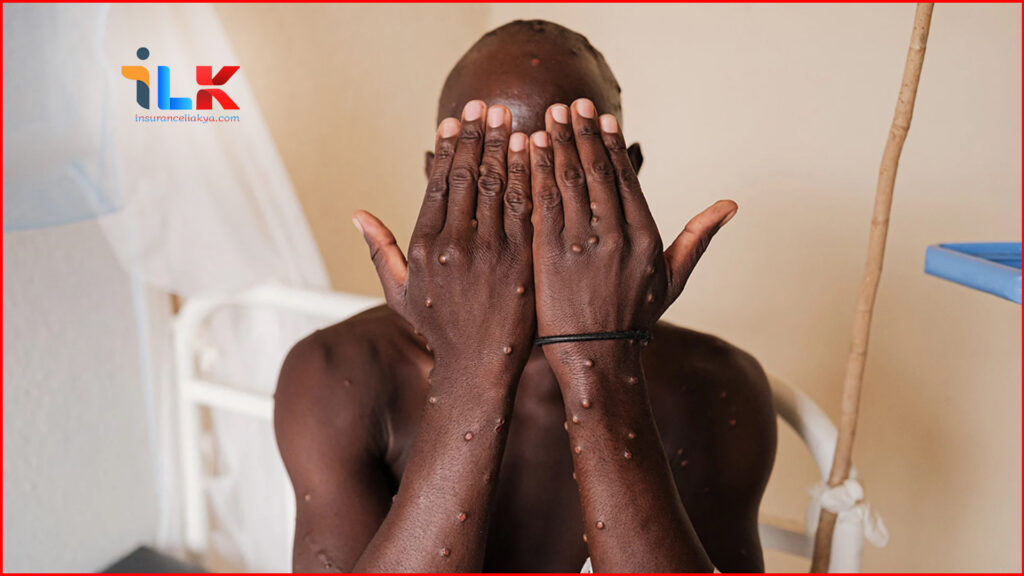
Prevention Strategies for Mpox
Vaccination and Eligibility
Vaccines developed for smallpox offer protection against the virus Mpox. Considering the outbreak situation, vaccinations have been recommended for contacts exposed to the virus or people at high risk. These can include household or sexual contacts of an infected person or the population in areas with outbreaks. It is also recommended in case of other high-risk groups such as men having sex with other men or having multiple sexual partners.
Reducing Risk of Transmission
The preventive measures will include avoidance of contact with potentially infected animals or persons, frequent hand-washing, and the use of protective barriers in close contact. Besides, regular cleaning and disinfection of the common rooms and avoidance of intimate contact with symptomatic patients may reduce the transmission rate.
Conclusion
Mpox is a rare viral infection characterized by flu-like symptoms and classic rashes. It is generally self-limiting but, in certain cases, the disease may result in serious complications. Its management requires education about its symptomatology, modes of transmission, and effective methods of prevention. Knowledge and proper hygiene will go a long way in controlling the outbreaks of this virus.



